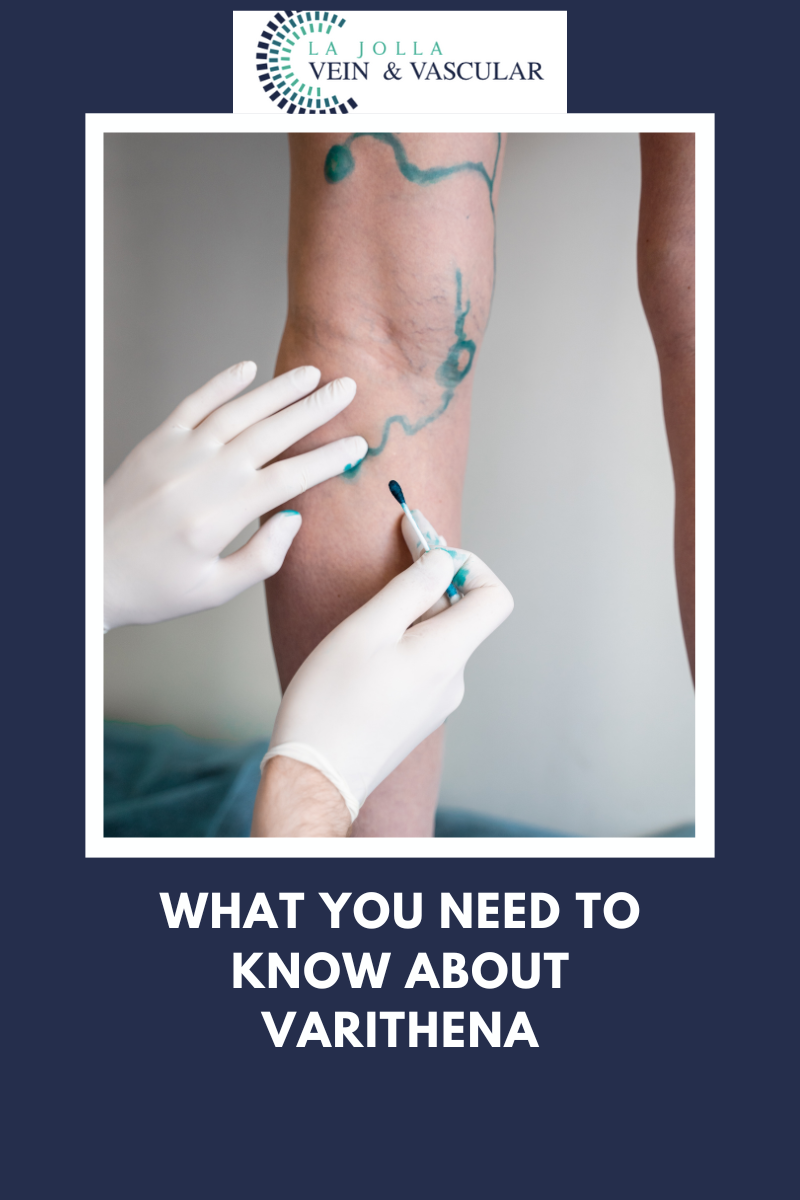Uterine Fibroid Embolization (UFE)
LJVascular2022-09-19T19:03:10-07:00What is Uterine Fibroid Embolization (UFE)
With modern medication and care, conditions like fibroid tumors have become more treatable and easier to manage. Uterine Fibroid Embolization (UFE), for instance, is a fairly straightforward procedure used in the treatment of fibroid tumors in the uterus.
Sometimes referred to as uterine artery embolization (UAE), the […]












